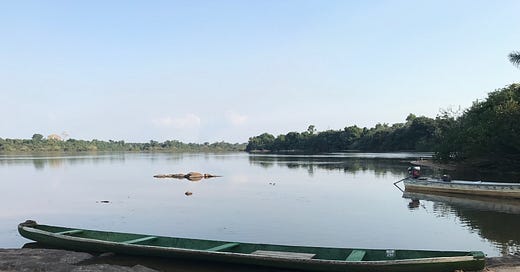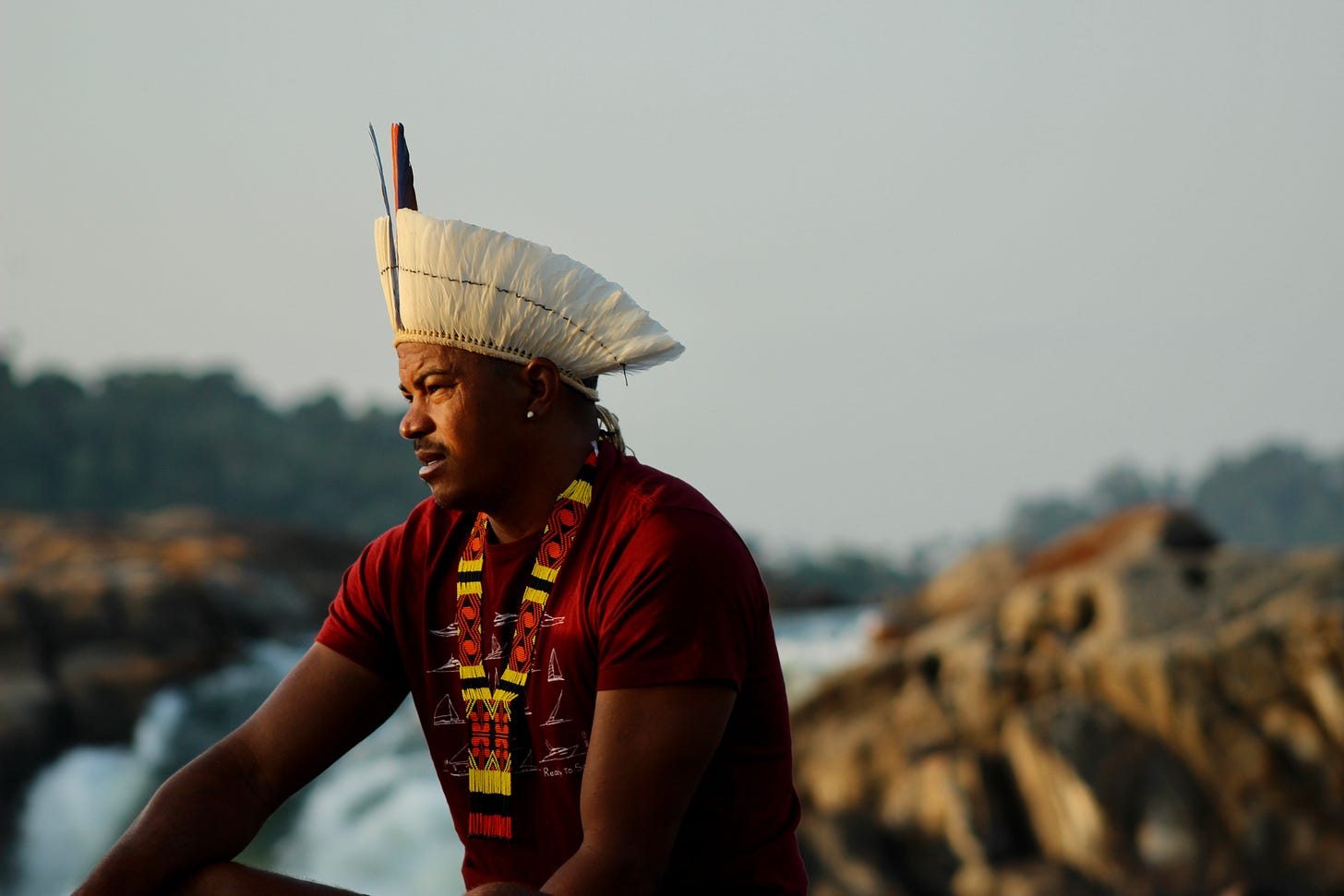Brazil’s hydropower test in a parched Amazon
🌐 From location on the Xingu River, a new twist on a long-running controversy.
FROM THE EDITOR’S DESK
WorldWise readers—
Somewhere between this week’s World Earth Day, the forthcoming COP30 climate summit and the push for a clean energy transition: today’s newsletter is a special edition dedicated to a story I’ve followed since visiting the Indigenous territory at its centre, in Brazil’s Pará state. The piece was published earlier this month—read on for an overview and some bonus material.
Anita
Water for power or life on the river?
“Yudjá means ‘owners of the river’, so we consider this river to be ours. This river is ours.”
Giliarde Juruna is chief of Muratu, a village of the Yudjá people on the Xingu River, one of the largest tributaries in the Brazilian Amazon—photographed here just after dawn against the waterfalls and rapids of Jericoá, a sacred site the Indigenous group consider a spiritual home.
The waterfall forms a natural border that has, historically, served to protect the Yudjá (also known as Juruna) and their land from invaders.
But some threats come in a different guise.
It’s over two years since my visit to the group’s territory around the Volta Grande or ‘Big Bend’ of the Xingu, a global biodiversity hotspot. The idea was to witness first-hand the local resistance against the Belo Monte mega-dam, which years ago laid claim to the water running through the area. I met a coalition of Yudjá people, ribeirinhos (river-dwellers), scientists and NGO workers committed to a long fight against a hydroelectric complex built with a promise of energy security for Brazil.
The resistance continues, and this month my feature for Yale Environment 360 delves into the difficult trade-offs at the core of a dispute stuck at a crucial decision point.
Why write about this now? Two developments:
One, the Amazon River hit record low levels in 2023 and 2024. At current trends, water levels on the Xingu are set to decline even further. This threatens both river health and power generation capacity—a reality in other parts of the world that rely on hydroelectricity too.
Two, Brazil is preparing to host this year’s COP30 climate summit while presiding over the BRICS bloc, just after a two-year term leading the G20. As Lula’s government asserts a leading role on the world stage, the long-running controversy around Belo Monte is testing how the country balances energy security, nature protection and Indigenous rights.
Thanks go out to Yale E360 for assigning the piece and Elizabeth Royte for the sharp editorial eye. Grateful to Giliarde Juruna, Sara Rodrigues, André Oliveira Sawakuchi, Felício Pontes Jr., Ricardo Baitelo for their input and insights—and many others behind the scenes, without whose support and knowledge the work just wouldn’t be possible.
A visual journey along the Xingu River, and through the story
The local struggle against the mega-dam began with decisions about energy security made decades ago, far from this corner of the Amazon.
Belo Monte feeds into the national electricity grid. Even without operating at full capacity, the dam generates energy for some 60 million people in the country’s south, including cities like Rio de Janeiro.
Over the years Brazil has earned praise for developing one of the world’s cleanest power grids, a strategy that comes with a long-term commitment to hydroelectricity and aspirations for a clean energy transition.
In Latin America and beyond, hydropower still counts as sustainable energy: governments and global institutions continue to support often-contested mega-dams.
But zoom down to the Xingu, and the clean image comes into question.
(All images © anita makri)
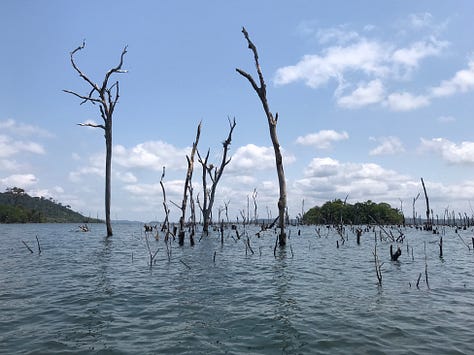
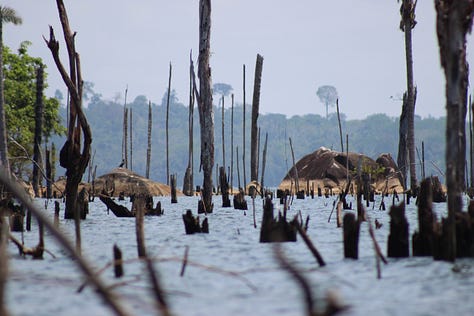
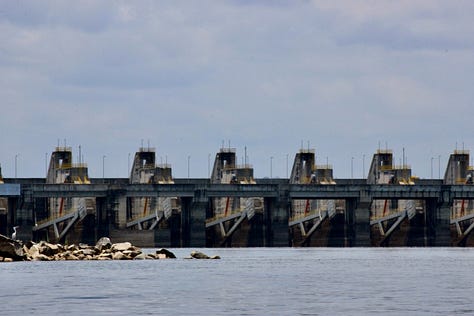

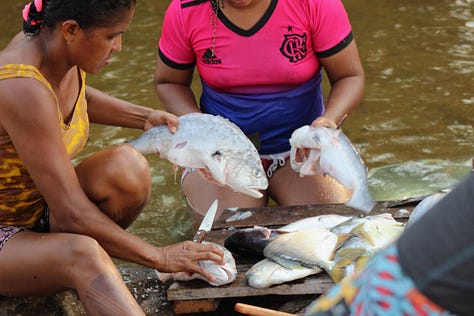

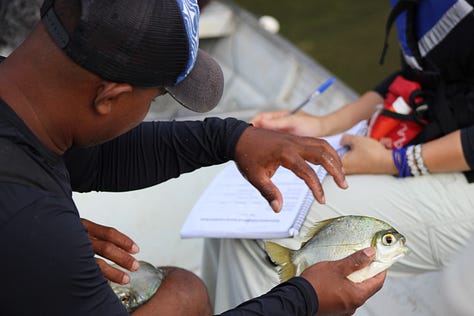
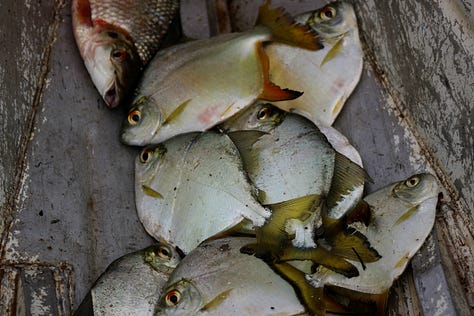
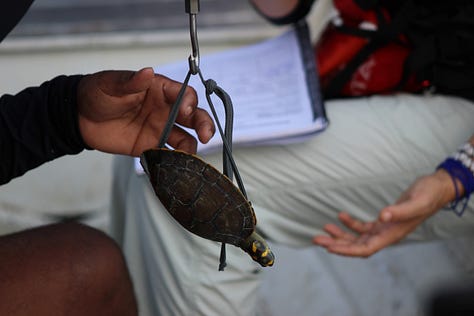
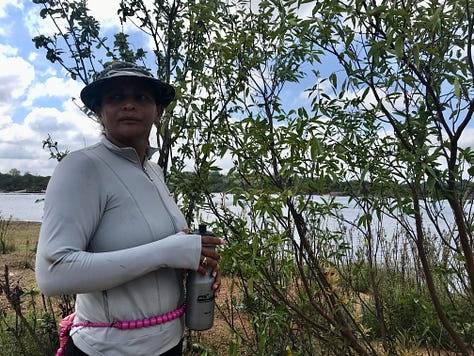

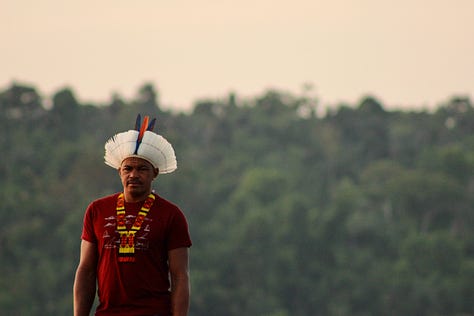
Thank you.
WorldWise is read across 69 countries—it remains independent thanks to the support of subscribers like you, and to the rest of my nomadic work-life. Sign up | Browse archive | Sponsor an issue
Created and edited by Anita Makri—journalist/writer, producer and editorial adviser covering global development and science in society. I also help selected organisations with compatible values to strengthen their media work. LinkedIn | Instagram | Email

